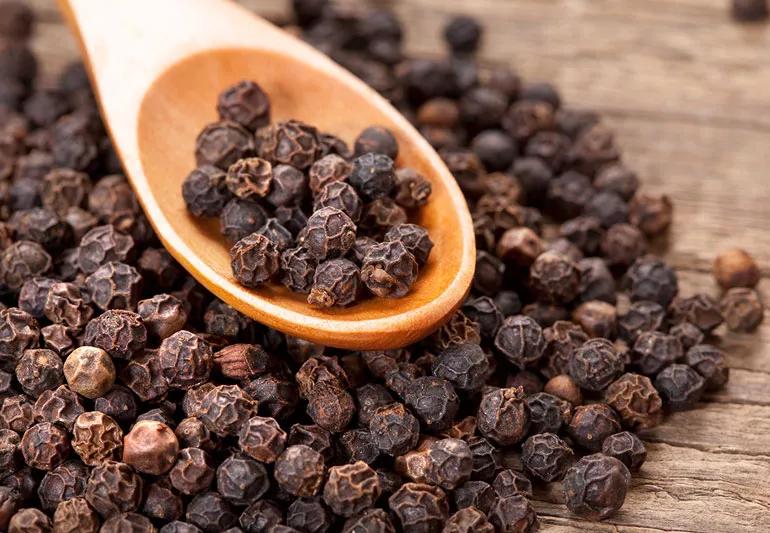Kathmandu - Black pepper (Piper nigrum), often referred to as the "king of spices," has a rich history and enduring significance in global cuisine. Native to the Malabar Coast of India, this versatile spice has not only shaped culinary traditions worldwide but also played a pivotal role in the spice trade for centuries.
Cultivated from the flowering vine of the Piperaceae family, black pepper’s journey begins with its fruit, known as the peppercorn. These peppercorns are small, dark red drupes that encase a single seed. Depending on their processing, they are transformed into black pepper (cooked and dried unripe fruit), green pepper (dried unripe fruit), or white pepper (ripe fruit seeds).
The spiciness of black pepper, attributed to the compound piperine, differs from the heat of chili peppers, which comes from capsaicin. This distinction has made black pepper a staple in seasoning and a cherished ingredient in culinary arts across cultures.
As the world's most traded spice, black pepper is integral to global food markets. India, particularly the Malabar region, remains a leading cultivator, with tropical regions around the globe adopting its cultivation. Beyond its culinary uses, black pepper has been revered in traditional medicine for its potential health benefits.
Today, black pepper holds a ubiquitous place in the Western world, often paired with salt and found on dining tables in shakers and mills. Its journey from ancient trade routes to modern kitchens underscores its enduring value and importance.
As the demand for authentic spices grows, black pepper continues to be a symbol of cultural connection and culinary innovation. Ecosphere News celebrates this remarkable spice, its history, and its contributions to global gastronomy.
This article aligns with Ecosphere News's mission to explore the intersection of culture, environment, and development, bringing to light the stories behind everyday ingredients.